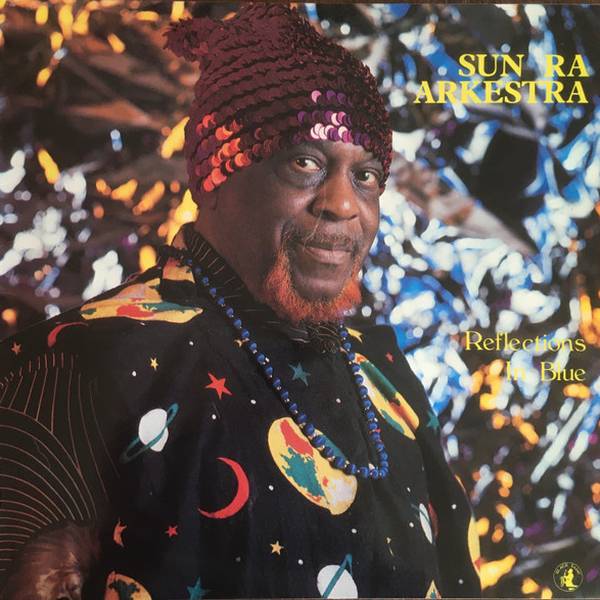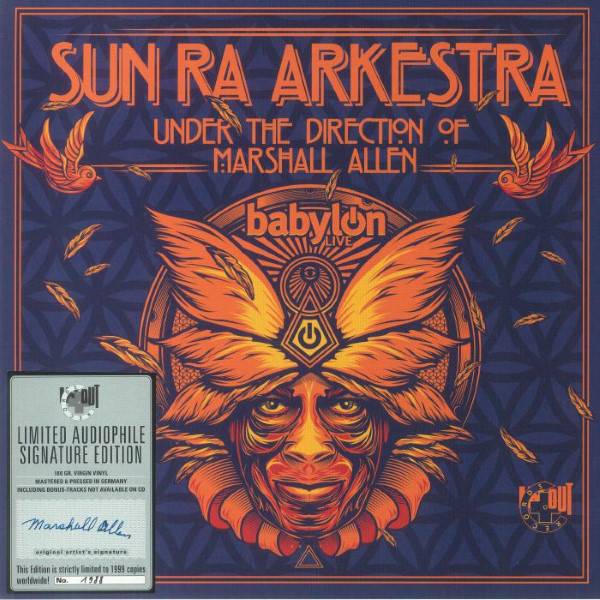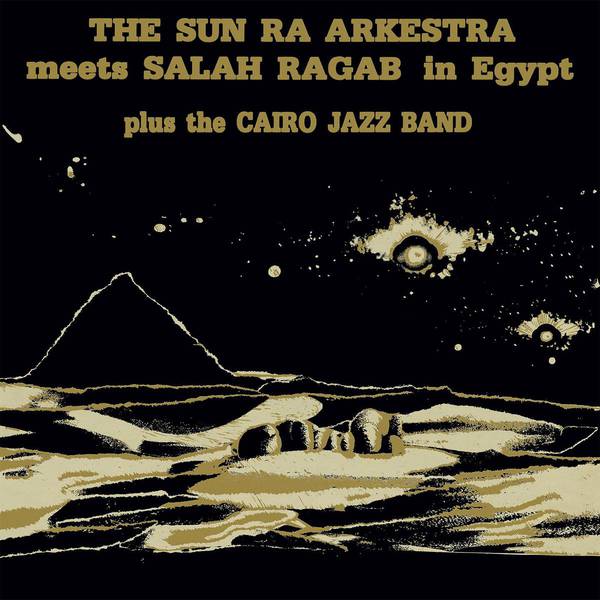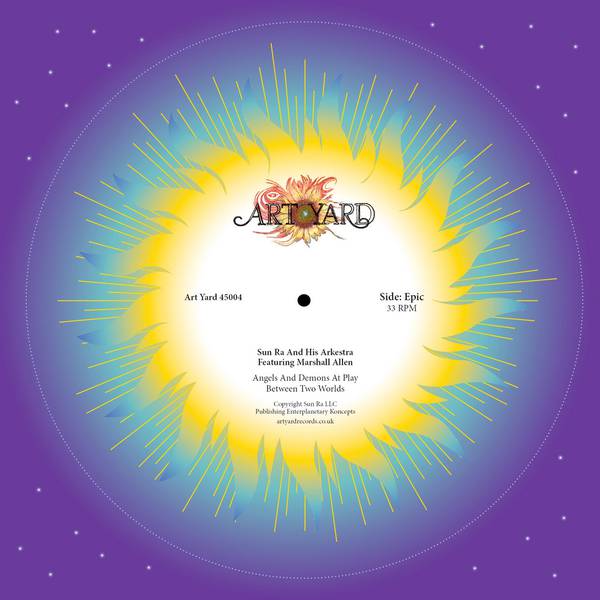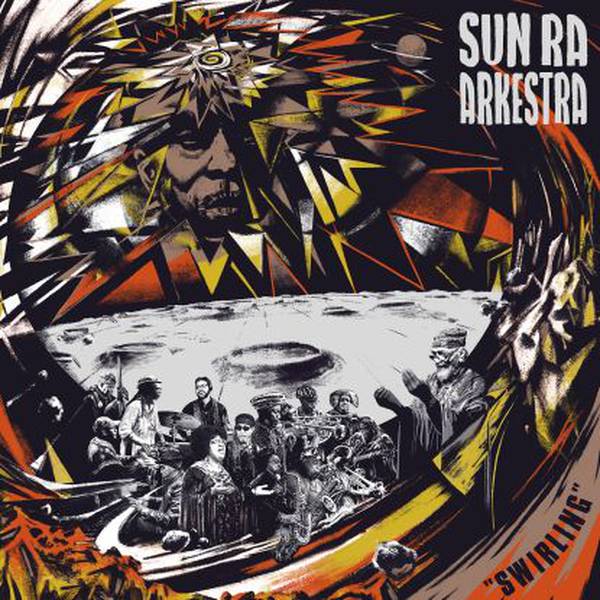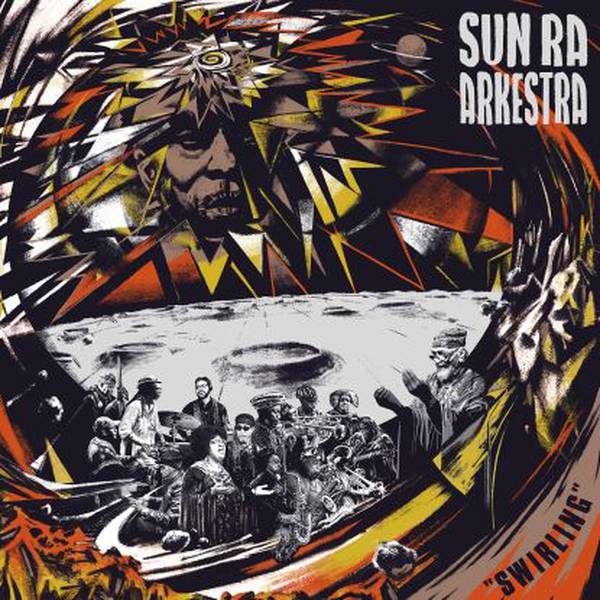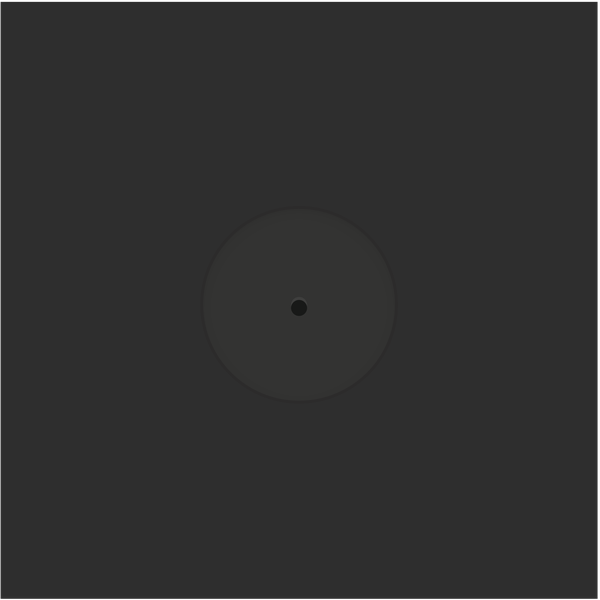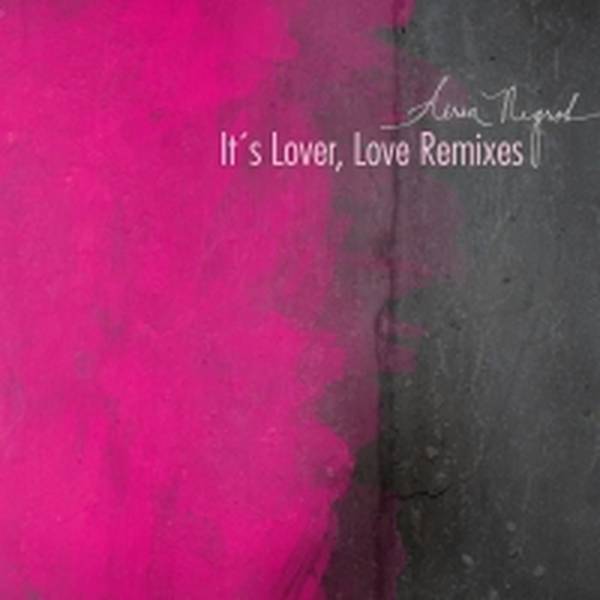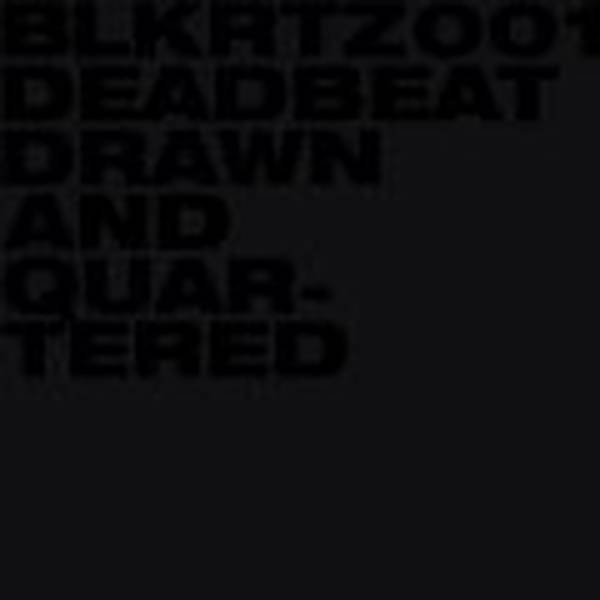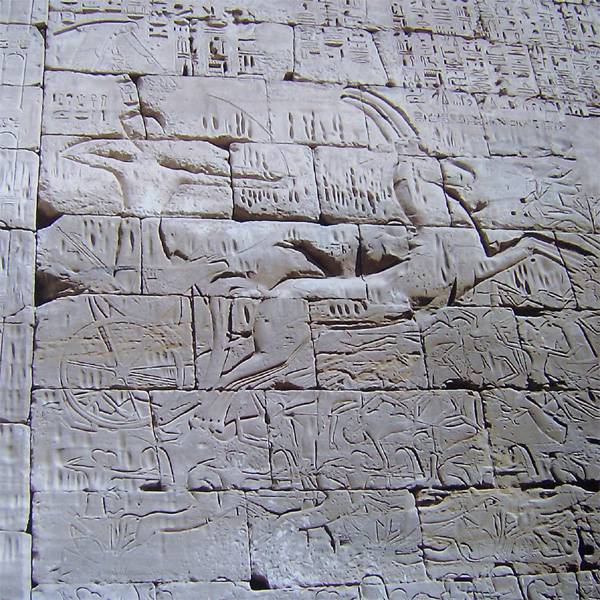
Tax included, Shipping not included
180 gram virgin vinyl
"In 1983 Sun Ra travelled to Egypt, a kind of spiritual homeland for Ra, to record two compositions by the godfather of Egyptian jazz,
percussionist Salah Ragab.
Also featuring "WATUSA", recorded live in Cairo."
(from the sticker on the sleeve)
Side A: Recorded at El Nahar Studio, Cairo/Heliopolis, May 1983
Side B: Recorded at Il Capo Jazz Club, Cairo/Zamalek, January 13, 1984
"In June 1971, I sent an invitation to Sun Ra from Cairo and six months later the Arkestra came to the land of the pharaohs in order to play for the first time at the foot of the pyramids. When Sun Ra and his Arkestra played in my living room in Heliopolis on December 12, 1971, Salah Ragab was one of my guests. It was their first personal contact.
Sun Ra set out again 12 years later to gaze into the eyes of Sphinx. In May 1983 he went into El Nahar Studio in Heliopolis with Salah Ragab in order to record side one of this record, two compositions of Salah Ragab. To my knowledge it had never happened before that Sun Ra and his Arkestra played compositions of a contemporary musician from outside. Maybe he was taken with the initials of Salah Ragab which were the same as in his own name, or he was fascinated with the fact that his own name was part of Ragab's name. To my knowledge, Salah was the only non Afro- American, apart from Leah Ananda from Kashmir and Roger Aralamon Hazoumè from Dahomey, to be documented on record with Sun Ra.
In 1984 Sun Ra came to Egypt for the third time. Also for this last visit Salah played the drums in the Arkestra when the band played at the small Jazz club Il Capo (later renamed as Il Boko) in Zamalek.
DAWN is based on an Islamic hymn people sing after leaving their houses at exactly 4:51 in the morning, the beginning of the Arabic month "Shawall". Sun Ra plays the main voice on a Hohner melodica.
WATUSA, recorded in 1984 in the intimate atmosphere of the El Capo Club in Cairo, is a composition for bigband, large percussion ensemble and dancers from the year 1967. During the long middle section all musicians of the Arkestra play percussion instruments. After Jacson's solo on the big "infinity drum" and Matthew Brown's conga-break, Salah Ragab takes an extensive drum solo.
The second drum solo is by Clifford Jarvis. The screams of the dancers Myriam Broche and Gregory Pratt can only give a vague impression of the visual aspects of this Egyptian March."
(Hartmut Geerken)
